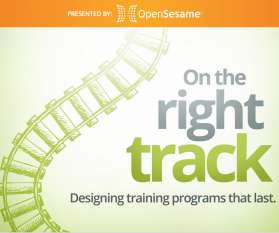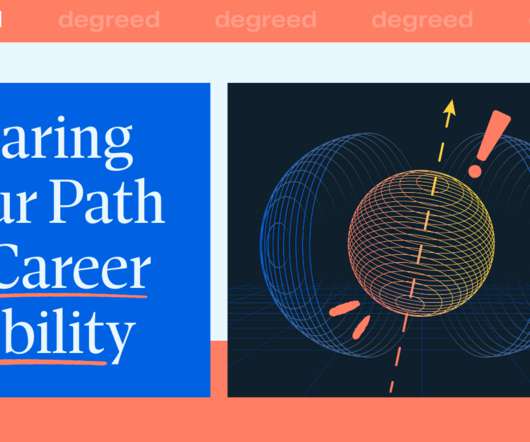Content, Skill and Scale: ID Best Practices?
Infopro Learning
JULY 27, 2023
Bloom’s Taxonomy: This model, introduced by Benjamin Bloom, classifies cognitive learning into six hierarchical levels: Remembering, Understanding, Applying, Analyzing, Evaluating, and Creating. These best practices will help you motivate the learners who are not very interested and get them more engaged in the learning process.
















































Let's personalize your content